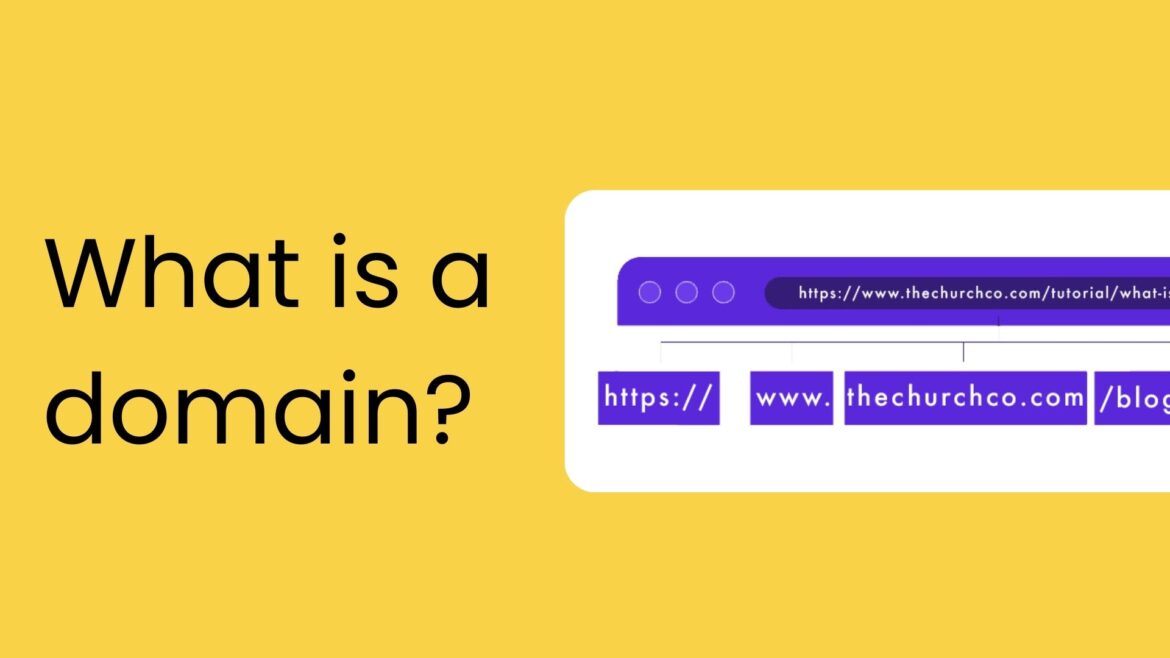572
What a domain is, can be seen at the latest from the names you enter in the website search. There is a good reason why it does not consist of long numbers.
Clear explanation: What a domain is
On the internet, every server that hosts a website has what is known as an IP address – a long series of numbers like 192.168.1.1. Of course, it’s difficult for people to remember these addresses. Domains translate these IP addresses into easy-to-understand names, such as
- You can access websites you are interested in by entering either the IP address or the domain name in the address bar of your browser. For the Google website, you can enter either “173.194.70.94” or “www.google.de”.
- A domain can be divided into three parts. The first level domain is the ending, for example: .de, .com, .to, .uk and so on.
- The second level domain, the second part of the domain, tells you which page you are accessing. This is usually the name of the institution or company. Second-level domains include, for example, google.de, facebook.com,
- Third-level domains, also known as subdomains, enable website operators to separate categories. This is particularly useful if the website contains a lot of information.
- The Domain Name System, or DNS for short, is used to translate domain names into IP addresses. It works like an online phone book. When you enter a domain in your browser, the DNS finds the corresponding IP address and forwards you to the desired website.
Different types of domains
Domains can be categorized according to their purpose or structure:
- Generic domains: Top-level domains, or TLDs for short, such as.com,.org or.info, are used worldwide and are not tied to any specific country.
- Country-code top-level domains (ccTLDs): for countries such as.de (Germany),.fr (France) or.uk (United Kingdom).
- New TLDs: Modern and specialized endings, also known as New Top Level Domains, are for example.tech,.blog or.shop.

